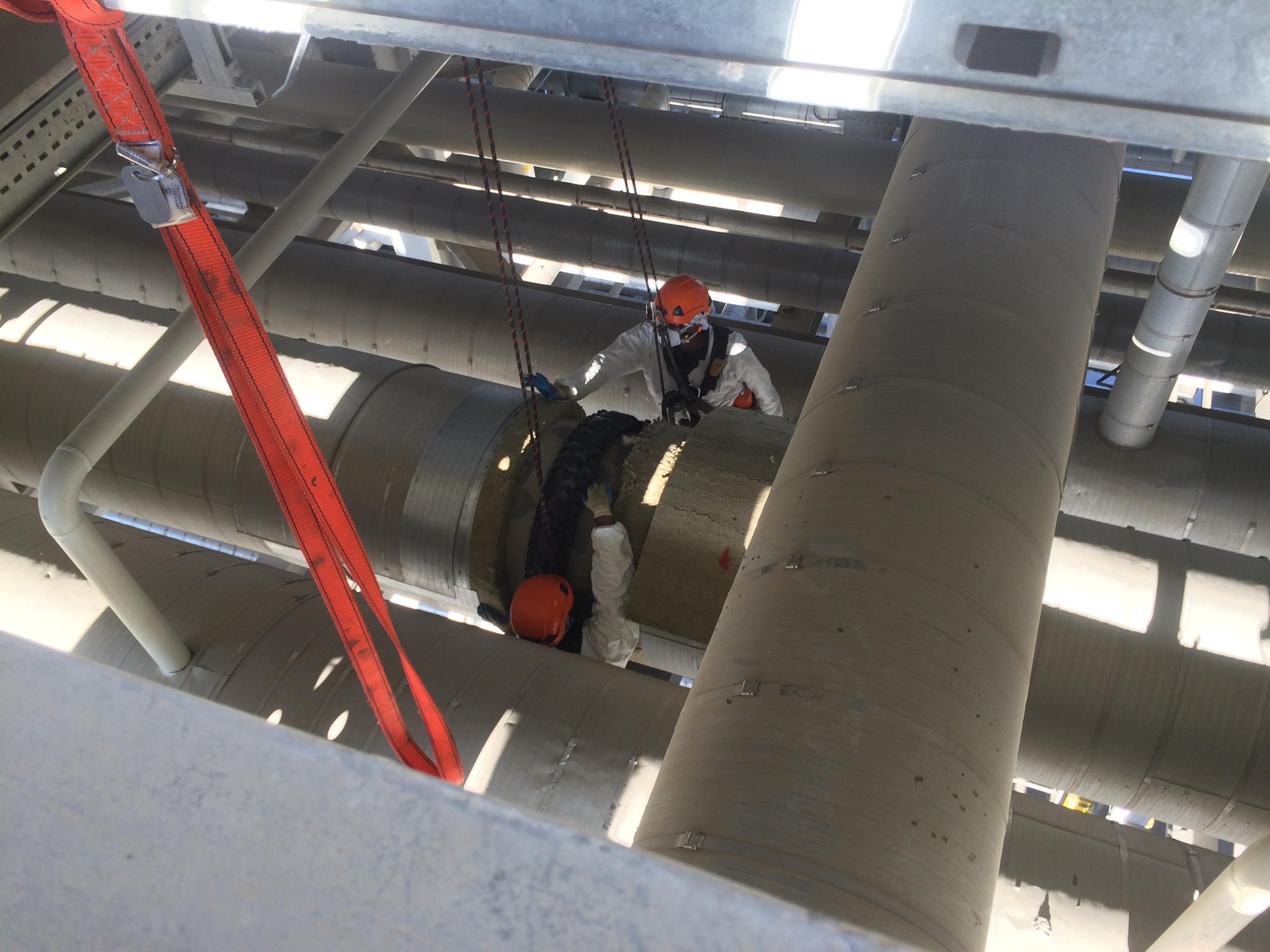
Long Range Ultrasonics (GUL)
Public NDT
Active 2 months ago
Welcome to [NDT Inspection Portal]’s long range ultrasonics (guided wave ultrasonics) (GUL) group, a... View more
Public NDT
Group Description
Welcome to [NDT Inspection Portal]’s long range ultrasonics (guided wave ultrasonics) (GUL) group, a place for professionals to connect and discuss the latest techniques and technologies in long range ultrasonic inspection.
Guided wave ultrasonics (GUL) is a type of non-destructive testing (NDT) method that uses ultrasonic waves to inspect the condition of long, linear components such as pipelines, tanks, and pressure vessels. It is a specialized form of ultrasonic inspection that involves the use of a flexible probe or a permanent sensor mounted on the component to transmit ultrasonic waves along the length of the component.
The ultrasonic waves travel through the material of the component and are reflected back to the probe or sensor, allowing it to detect flaws, defects, or other abnormalities in the component. GUL is a long range inspection method that can inspect components over long distances, making it particularly useful for inspecting components that are difficult to access or in hard-to-reach locations.
GUL is commonly used in industries such as oil and gas, power generation, and aerospace, where it is important to regularly inspect the condition of long, linear components to ensure the integrity and safety of the components. It is a relatively fast and efficient method of inspection that can be used to inspect a wide range of materials and components, including those made of metal, plastic, and composite materials.
LRUT Limitations
LRUT Limitations
Posted by arsal on 27/11/2021 at 2:15 pmAppreciate if someone could please share. Is there any limitation performing LRUT on insulated pipeline contaiing 60mm mineral wool insulation.
more appreciate if someone enlist all limitations.
thanks is advance.
lucas replied 4 years ago 2 Members · 1 Reply- 1 Reply
The mineral wool itself will not pose any problems to the Guided Wave Testing (GWT, it is no longer called LRUT) signal. You will have to open up the insulation and remove a length of 1m at each test point in order to install the test ring/transducer assembly depending on the type of equipment used.
The main limitations to the technique will be from external factors such as the condition of the line, number of large features such as elbows, flanges, vents and such that are present along the length of pipe to be tested and also the type of product in the line. The signal range achieved in the test will rely heavily on such variables.
You will no doubt receive a lot of feedback with regards to the type of test that you should perform and the frequency at which it is to be performed. That element is critical and I would suggest that you establish what works best for yourself and not simply listen to generalizations. Technician experience and equipment are the most critical points and will no doubt turn out to be your biggest limitation in performing the work.
Let me know if you have other questions. You can email me back for more information.
Log in to reply.